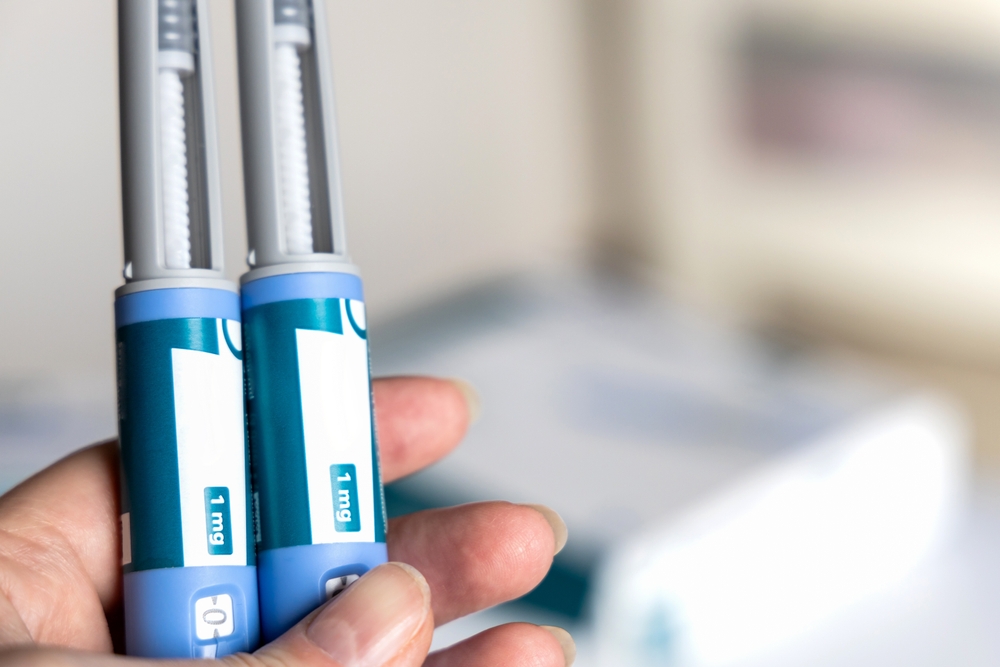Anecdotal reports have suggested that the use of glucagon-like peptide 1 receptor agonists (GLP-1 RA) might be associated with a rare cause of sudden blindness called non-arteritic anterior ischemic optic neuropathy (NAION). In JAMA Ophthalmology, authors reported the findings from a matched cohort study using data from a centralized data registry of patients evaluated by neuro-ophthalmologists at one academic institution. Propensity matching was used to assess whether the prescribing of semaglutide in 16,827 patients with type 2 diabetes (T2D) or overweight/obesity was associated with NAION. Their findings suggest a potential risk of NAION associated with prescriptions for semaglutide, although additional prospective studies are needed to prove causality.
This finding may be important for physicians who provide hyperbaric oxygen therapy (HBOT). HBOT has been shown to be of benefit in Central Retinal Artery Occlusion (CRAO), and it seems logical that HBOT could be helpful in NAION, even though the mechanism of retinal injury is different. In 2016, De Censo and colleagues reported the successful treatment of a case of bilateral NAION with HBOT with long lasting recovery. In 2019, Alhashem and colleagues described successful treatment of postoperative NAION with HBOT (both articles published in Undersea and Hyperbaric Medicine -UHM). More than 12 years ago, Avraham-Lubin and colleagues investigated the therapeutic effect of HBOT on the development of anterior ischemic optic neuropathy in a rodent model (rAION). None of the HBOT treated animals had retinal ganglion cell loss after rAION induction. However, the mechanism by which HBOT may exert a neuroprotective effect on the development of induced rAION may not be relevant to the mechanism by which HBOT appears to benefit NAION treatment in humans.
Here’s a patient-friendly explanation of NAION.
I confess that I had never heard of NAION until I read the recent JAMA article about its possible association with GLP-1 RA medications. Apparently, it typically presents as acute, painless unilateral vision loss in patients over 50, but it can present with bilateral vision loss, particularly after surgical procedures. Even when it presents with unilateral vision loss, the contralateral eye becomes affected within 3 years in approximately 45% – 50% of patients!
If NAION is associated with the use of GLP-1 RA medications, given the rapidly increasing use of these medications, it seems likely that cases of NAION will increase. There is no generally accepted treatment for NAION and it can cause bilateral blindness. Hyperbaric practitioners may want to alert their colleagues in ophthalmology that HBOT might be beneficial, and that if medically appropriate, HBOT may be worth offering to patients impacted by NAION.
–Caroline
(Thank you to Dr. Helen Gelly for alerting me to the case reports in UHM!)

Dr. Fife is a world renowned wound care physician dedicated to improving patient outcomes through quality driven care. Please visit my blog at CarolineFifeMD.com and my Youtube channel at https://www.youtube.com/c/carolinefifemd/videos
The opinions, comments, and content expressed or implied in my statements are solely my own and do not necessarily reflect the position or views of Intellicure or any of the boards on which I serve.



